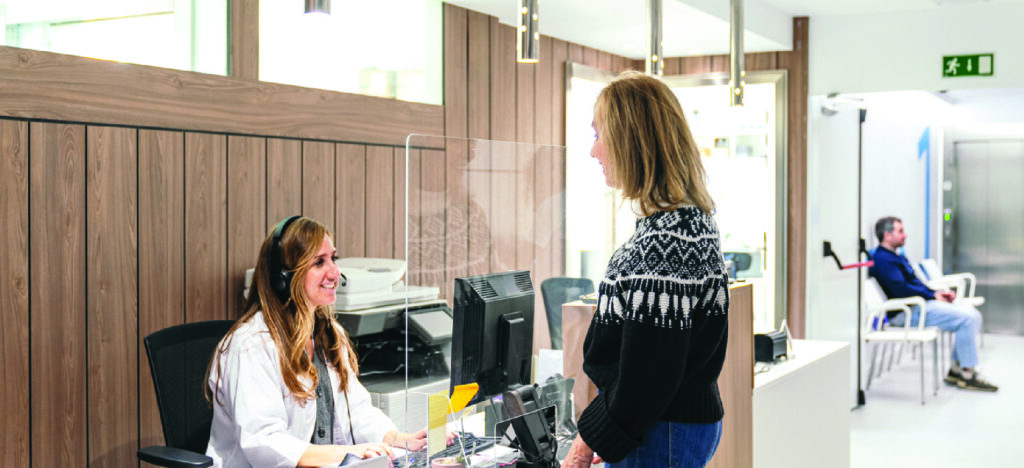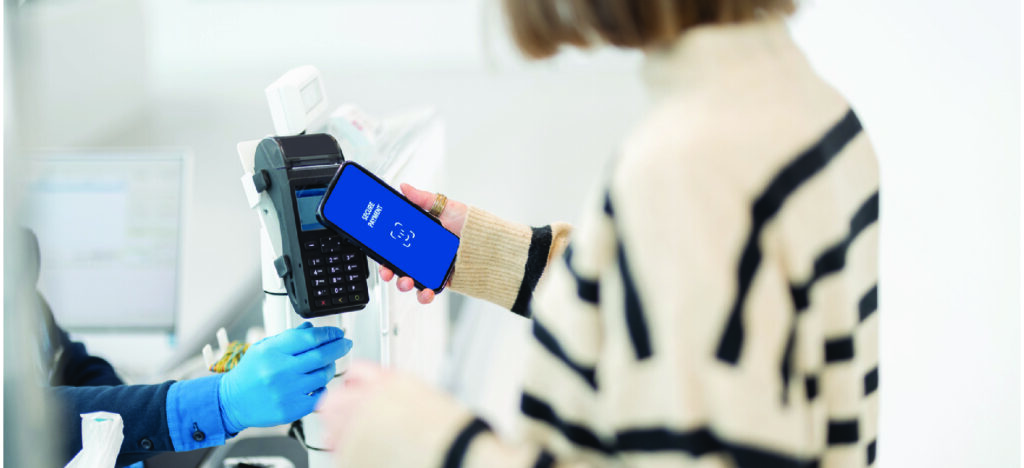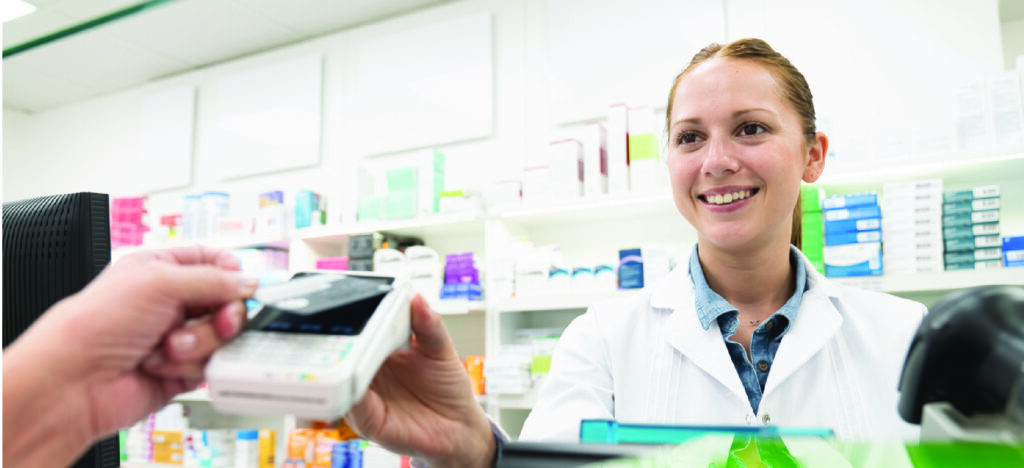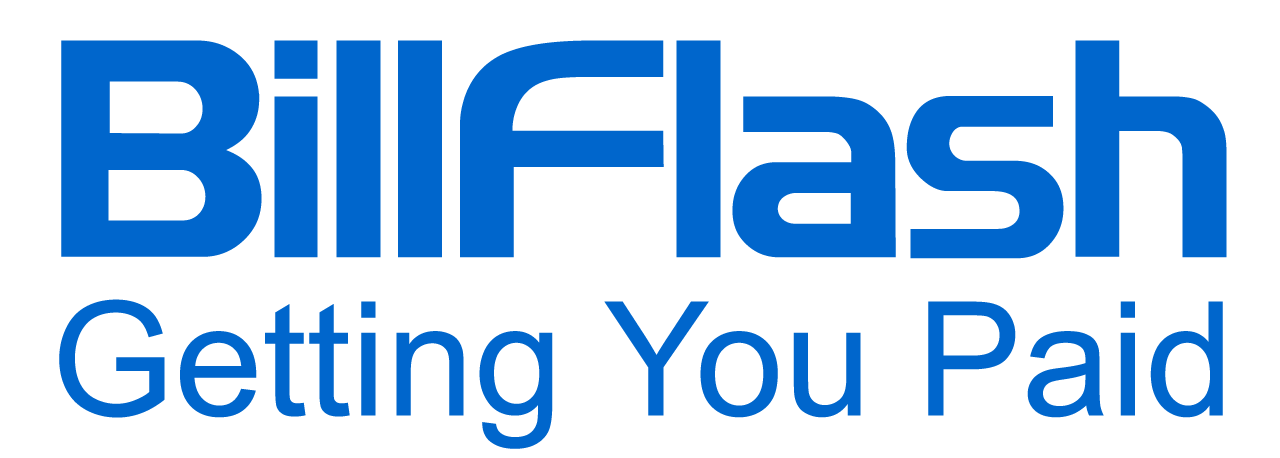Online portals are transforming how patients engage with and pay for healthcare. Learn the benefits of using payment portals in healthcare.
Over the past few years, have there been hotter topics than patient engagement and patient experience? Part of this can be retraced to the Meaningful Use program, which aims to give patients more control and access to their health records. While providing access to records does enhance engagement, patient financial technology, like online payment portals, is another effective method to improve the patient experience.
Excellent patient financial engagement solutions include payment portals, e-statements, text-to-pay, and text/email notifications. Portals give patients 24/7 access to check balances and make payments through credit/debit cards, bank transfers, or financing. Patients can also set up payment plans, get estimates, and manage their bills in one location. Portals also offer self-service features like obtaining copies of bills or updating payment details.
For providers, portals greatly improve collections through real-time payment posting and automated reminders. Since 93% of healthcare consumers see billing experience as important in choosing a provider, meeting payment preferences can help improve patient retention.

The Growing Need for Online Payment Solutions in Healthcare
The healthcare industry faces two major challenges regarding patient payments: the rising responsibility of patients to pay a larger share of their medical bills, and the administrative burden this places on healthcare staff. There has been a growing need for payment flexibility as patients face increasing financial responsibility for their medical care, with 67% receiving unpayable medical bills.
Over half of patient liability after insurance becomes bad debt. Administrative tasks like mailing statements, processing checks, and tracking late payments require extensive staff time and resources. Manual claims processes create heavier administrative burdens, leading to more accounts receivable days. Given statement costs can fall in the range of $1-3 per patient, and costs 4-5 times more to collect payments from patients, more providers should consider online solutions.
Online payments are faster and cheaper than paper checks. Portals allow patient self-service, reducing questions and saving staff time. Portals can also lead to patients paying bills ahead of due dates. When adopting e-billing and digital notifications, healthcare providers have been able to decrease the average days to payment from 20 to 9.
Statistics on Patient Payment Preferences
- 44% of US healthcare consumers pay faster with digital or phone reminders. 49% would pay by text if available.
- Many patients have no problem not returning to practice if a provider lacks self-service payment options.
- Patients want automated payments, but only 20% of providers offer card-on-file capabilities.
Benefits of Using a Payment Portal in Healthcare
Online portals are transforming how patients engage with and pay for healthcare. Combining technology and understanding patient needs is guiding a new era of billing.
Convenience for Patients
The main benefit is convenience for patients. 95% of patients would pay bills online if offered. Payment portals give patients easy access to view and pay their bills using their phone or computer, offering the flexibility to use credit cards, debit cards, or financing options. Patients want to view, pay, and manage their healthcare bills all in one place without having to navigate through multiple websites or mobile apps.
Efficiency for Providers
Payment portals are beneficial to healthcare providers because they simplify billing processes and decrease expenses. They minimize the need for manual payment handling and administrative tasks, providing a more convenient way to send bills and receive e-payments. Healthcare practices that offer online payment options often experience faster, more frequent, and higher-value payments.

Ensuring Security in Online Transactions
When improving financial management, recognizing the benefits of well-designed portals is a must. These secure platforms let patients view, pay, and manage bills. However, security is one of the main concerns in patient payment. Unsecured portals always run the risk of violating regulations and putting the entire practice at risk.
Secure online payment portals follow a standard approach to maintaining secure payment portals and compliance, which includes:
- Encryption for payment processing
- Secure data hosting
- Protected storage of billing details
- Safe payment records transfer
By incorporating these security and data protection strategies, healthcare practices can guarantee the protection of patient payment portals, reduce the likelihood of data breaches, and uphold compliance with regulations regarding financial data protection. Safeguarding patient information and upholding financial data integrity is critical for maintaining the reputation and growth of your practice.
Enhancing Patient Experience Through Payment Portals
A user-friendly design with intuitive interfaces is key for enhancing portals and the patient experience. A well-designed payment portal can significantly improve the overall patient experience with:
- Features like clear bills, easy navigation, and responsiveness — contribute to a positive experience.
- Automated reminders help patients stay on top of obligations without feeling pressured.
- Easy-to-use navigation pages that have flexible options, reducing frustration and saving time.
- Clear breakdowns of charges, coverage, and liability that minimize confusion and payment disputes.
Through streamlining the payment procedure and offering transparent information, payment portals have the potential to make a positive difference when it comes to the patient-provider relationship. This high-level experience can result in higher scores for patient satisfaction and foster increased loyalty toward the practice.

The Role of Integrated Payment Solutions in Streamlining Operations
In everything related to healthcare, efficiency is key. To maximize efficiency, portals should integrate with existing practice management systems. Integration makes way for automation to simplify billing and payment. And this level of integration is not just about convenience, it is about doing something that can transform the entire revenue cycle management process.
This integration offers several benefits:
- By connecting directly with practice management software, payment portals can automate different aspects of the billing cycle, from charge capture to payment posting.
- Automated systems reduce the risk of staff mistakes in data entry and payment processing.
- Integrated solutions provide up-to-date financial reporting, allowing practices to monitor cash flow, track outstanding balances, and make better decisions.
- With a complete view of the billing and payment process, practices can identify blockages and optimize their revenue cycle.
By utilizing integrated payment solutions, healthcare practices can create a more efficient, accurate, and patient-friendly billing environment. This integration is about more than having systems that can connect and work together; it's about creating a flow of information that benefits the practice and all patients. As healthcare continues to evolve, the practices that embrace these types of integrated solutions will be better positioned to grow and keep patients satisfied.

Introducing PayWoot From NexTrust BillFlash
PayWoot.com is an advanced, integrated solution designed to revolutionize financial operations through automation and real-time insights. This saves time while reducing errors and payment delays.
Key Features
PayWoot offers a complete set of features that cater to providers and patients:
- Allows patients to view and pay their bills online, delivering a convenient experience.
- Made to be compatible with mobile devices, allowing patients to manage their bills on the go.
- Offers user-friendly financing options, making it simpler for patients to handle their payments.
Benefits for Providers and Patients
PayWoot offers a range of benefits for providers and patients:
For Patients:
- Designed to be easy to use, making it a preferred choice for many patients (even those who do not consider themselves tech-savvy).
- Allows patients to view, pay, and even finance their bills all in one place.
- Available 24×7 without downloading another app that takes up space on their mobile device.
For Providers:
- Makes it easy for providers to communicate how convenient online billing and payments are.
- Frees up staff from manual payment handling.
- By automating the billing process, PayWoot can help reduce costs associated with manual billing.
Platforms like PayWoot by NexTrust BillFlash are becoming must-have tools for practices looking to modernize their financial operations, improve patient satisfaction, and maintain a healthy bottom line. PayWoot helps bridge the gap between patient expectations and provider needs.
Embrace the Future of Healthcare Payments With BillFlash
In a time where patient financial responsibility is increasing and healthcare providers require better ways to improve efficiency, payment portals have become a much-needed tool. These platforms offer a win-win solution. Practices looking to improve billing and payments should explore the potential of sites like PayWoot. By improving convenience, communication, and transparency, practices of all sizes can enhance financial health and the patient experience. To learn more about PayWoot and BillFlash’s billing, payment, and collection solutions, schedule a demo.

